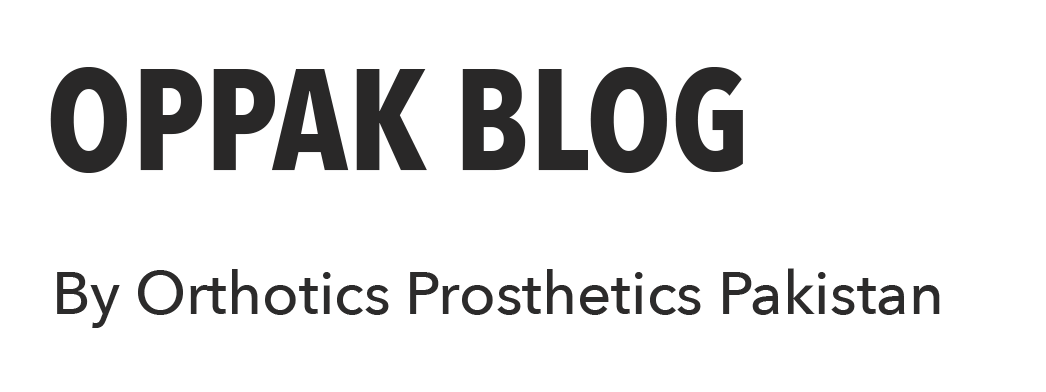Selective Laser Sintering (SLS) is a 3D printing technology that uses a laser to fuse together small particles of thermoplastic materials. This process allows for the creation of complex, detailed, and functional parts, making it a popular choice to produce orthotics and prosthetics.
THE PROCESS
Selective Laser Sintering (SLS) 3D printing is a process that uses a laser to fuse together small particles of thermoplastic materials, layer by layer, to create a final product.
- The process typically begins with the creation of a 3D model of the desired object using computer-aided design (CAD) software.
- The 3D model is then divided into thin slices, called “slices,” which serve as the blueprint for the 3D printer.
- The printer then deposits a thin layer of thermoplastic powder, such as nylon, onto a build platform.
- A laser is then directed at specific areas of the powder, fusing the particles together and creating a solid layer of the object.
- Once the first layer is complete, the build platform is lowered, and another layer of powder is deposited on top.
- The laser then fuses the new layer of powder to the previous layer, building up the object one layer at a time.
- This process is repeated until the entire object is complete.
- During the printing process, the remaining powder serves as support for overhanging parts of the object, allowing for the creation of complex geometries and internal structures.
- Once the printing is completed, the object is removed from the build platform and the excess powder is removed via blowing or shaking.
- The final product is then post-processed, this process can include sanding, polishing, painting, or other treatments to improve the surface finish and functionality of the object
BENEFITS
One of the primary benefits of SLS 3D printing for orthotics and prosthetics is the ability to create customized and precise fits for patients. Traditional manufacturing methods, such as injection molding, can be limited in their ability to create unique and complex geometries, while SLS 3D printing allows for the creation of highly detailed and personalized devices.
In addition to its ability to create customized fits, SLS 3D printing also offers a range of materials to choose from, including plastics, ceramics, and even metal powders. This allows for the creation of devices that are lightweight, durable, and biocompatible, making them suitable for long-term use in the human body.
SLS 3D printing also offers the ability to quickly produce and iterate on designs, allowing for rapid prototyping and testing of new devices. This can greatly reduce the time and cost associated with traditional manufacturing methods and allows for faster development and deployment of new devices to patients in need.
In terms of prosthetics, SLS 3D printing allows for the creation of highly detailed and customized prosthetic limbs, that can be tailored to the specific needs and requirements of the patient. This includes the ability to create prosthetic limbs that are lightweight, durable, and able to replicate the natural movements of the human body.
SLS 3D printing is a powerful technology that offers a range of benefits to produce orthotics and prosthetics. Its ability to create customized and precise fits, a wide range of materials to choose from, and the ability to quickly produce and iterate on designs, makes it a popular choice for the development of new devices to help people with their orthopedic issues.
